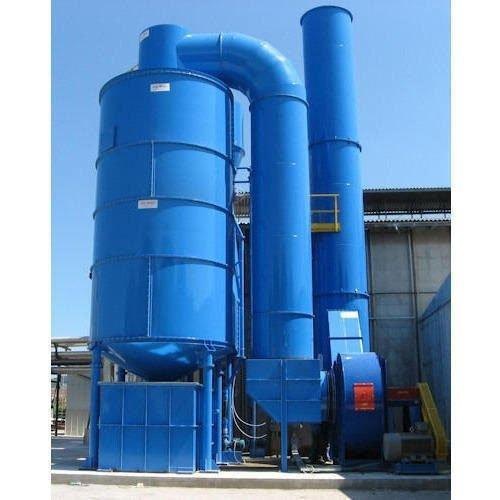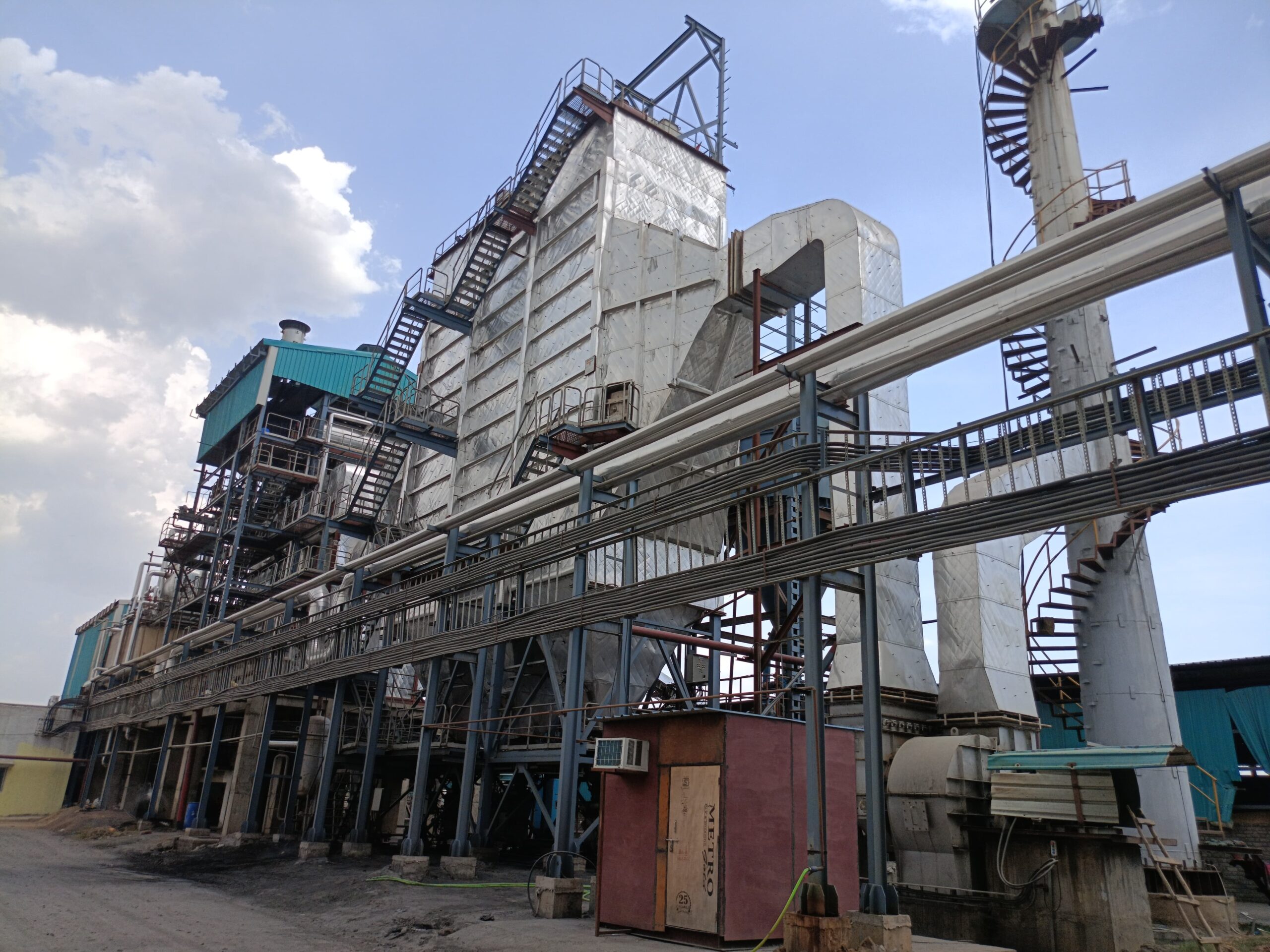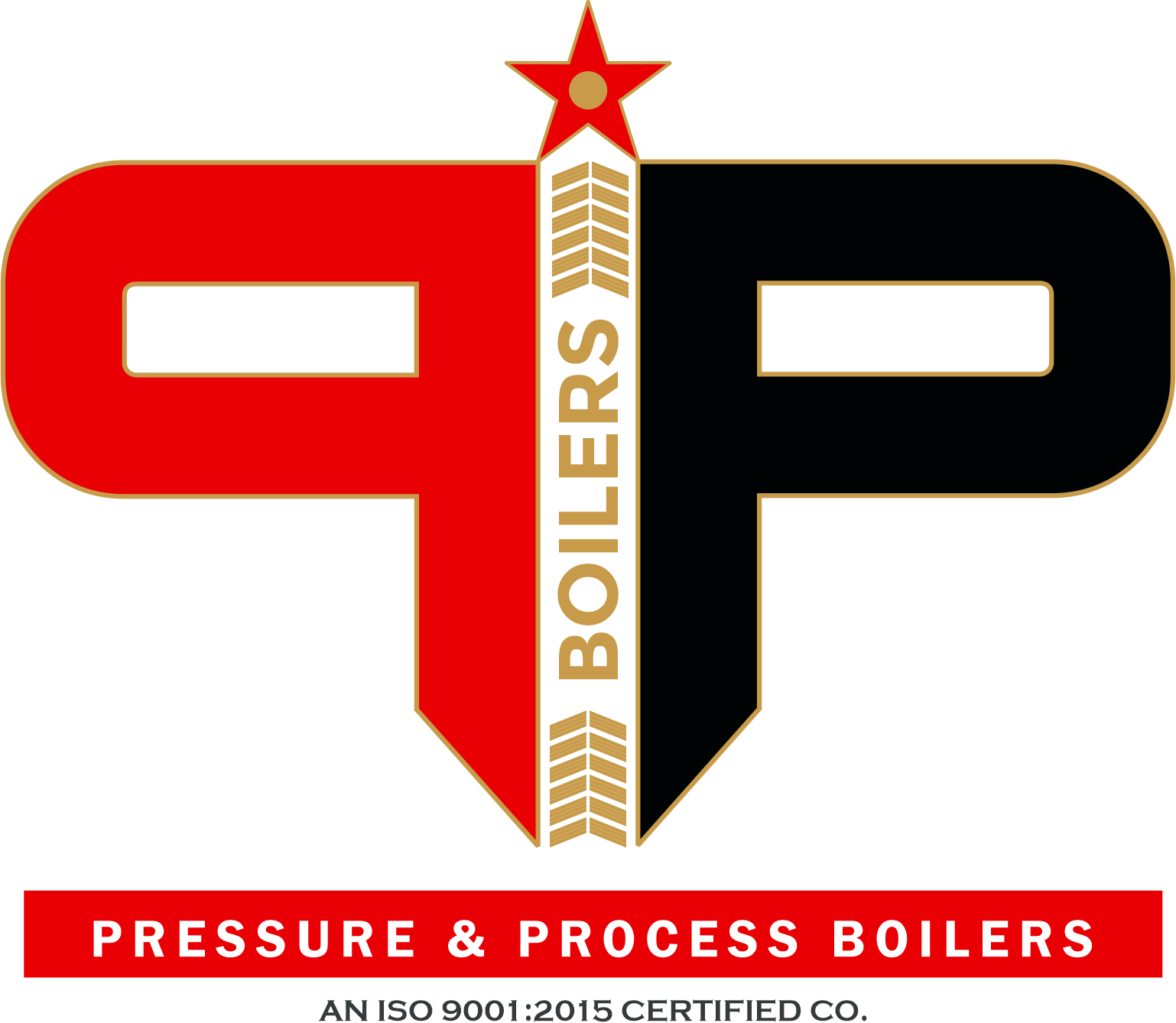Air Pollution Control Equipment
Compliance
Meets CPCB, MoEF, and global standards
Flow Rate
1,000 to 500,000 m³/hr
Temperature
Up to 400°C (for ESPs and Dust Collectors)
ESP Efficiency
99.9% particulate removal
- Electrostatic Precipitators (ESP): These devices use electrical charges to remove particles from exhaust gases.
- Mechanical Dust Collectors: These systems capture dust and particulate matter through mechanical means.
- Wet Scrubbers: These utilize liquid to remove pollutants from gas streams.
- Venturi Scrubbers: A type of wet scrubber that uses a venturi tube to create a high-velocity gas stream, enhancing pollutant capture.
- Bag Filter Systems (Baghouses): Fabric filtration systems that capture dust by passing flue gas through high-efficiency filter bags.
Key Points
- Direct and Indirect Heating: Hot air generators can provide direct heating, where the combustion gases directly mix with the air stream, or indirect heating, where the air is heated through a heat exchanger without contact with the combustion products. Indirect heating is preferred for applications requiring clean, contaminant-free hot air.
- Fuel Flexibility: They can operate on various fuels, including natural gas, propane, oil, and biomass, providing flexibility in fuel sourcing and adapting to different energy needs.
- Temperature Control: They offer precise temperature control, allowing users to adjust the hot air temperature to meet specific process requirements.
- High Efficiency: Modern hot air generators are designed for high thermal efficiency, minimising heat losses and reducing fuel consumption.
- Versatile Applications: They find applications in various industries, including drying, curing, space heating, and preheating processes.
Electrostatic Precipitator (ESP)
Functionality:
ESPs utilize high-voltage electric fields to charge particulate matter in exhaust gases. The charged particles are then attracted to oppositely charged collector plates, effectively removing them from the gas stream.
Key Features:
- Efficiency: Achieves over 99% particulate removal efficiency.
- Flow Rate: Handles gas volumes ranging from 1,000 to 500,000 m³/hr.
- Maintenance: Features automated rapping systems for continuous operation without interrupting airflow.
- Emission: It is possible to achieve 30ppm with the help of ESP.
Compliance:
Meets standards set by the Central Pollution Control Board (CPCB), Ministry of Environment, Forest and Climate Change (MoEF), and international regulations.
Cyclone Separator
Functionality:
Cyclone separators employ centrifugal and inertial forces to separate particulate matter from gas streams. As the contaminated gas spirals through the cyclone, particles are forced to the outer walls and collected.
Key Features:
- Efficiency: 80–99% for total particulate matter (PM).
60–95% for PM10.
20–70% for PM2.5.
- Particle Size Handling: Effective for particles larger than 10 micrometers; less efficient for finer particles.
- Design Variants: Available in high-efficiency single cyclones and multicyclones.
- Operational Benefits: Low maintenance with no moving parts; suitable as a pre-cleaner before other filtration systems.
Compliance:
Aligns with CPCB and MoEF guidelines for particulate emission control.
Wet Scrubber
Functionality:
Wet scrubbers remove pollutants from gas streams by introducing a scrubbing liquid, typically water, which captures and neutralizes contaminants through absorption and impaction.
Key Features:
- Efficiency: Highly effective in removing both particulate matter and gaseous pollutants; efficiency depends on design and operating conditions.
- Flow Rate: Capable of handling large volumes of gas; specific capacities vary based on system design.
- Temperature Tolerance: Can operate across a wide temperature range, with specific limits depending on materials used.
- Design Variants: Includes Venturi scrubbers, packed bed scrubbers, and spray towers.
- Operational Benefits: Simultaneously removes multiple pollutants; can handle corrosive gases; requires management of liquid effluent.
Compliance:
Designed to meet CPCB, MoEF, and international standards for air pollution control.
Bag Filter System
Functionality:
Bag filters, or baghouses, capture fine dust by passing flue gas through fabric filter bags. Particles are trapped on the bag surface, and cleaned gas is discharged. Automated systems periodically clean the bags via pulse jet or reverse air to maintain efficiency.
Key Features:
- Efficiency: Over 99.9% particulate removal, effective for PM10 and PM2.5.
- Flow Rate: Suitable for 5,000 to 500,000 m³/hr gas volumes.
- Temperature Tolerance: Standard up to 250°C; special bags (e.g., PTFE, Nomex) for up to 300°C+.
- Design Variants: Pulse jet, reverse air, and mechanical shaker models.
- Operational Benefits: Compact footprint, modular, continuous cleaning, adaptable for various dust types (fly ash, cement, biomass dust).
Compliance:
Meets CPCB, MoEF, and international emission standards.
Advantages
- Significant reduction in air pollutants.
- Improved compliance with local and international regulations.
- Enhanced operational efficiency through optimized processes.
- Long-term cost savings by reducing fines and penalties.
- Increased public trust and corporate reputation.
- Customizable solutions for specific industrial applications.
- Low maintenance requirements for certain systems.
- Potential for energy recovery in some designs.
- Contribution to a healthier work environment.
- Support for sustainable development initiatives.
Applications
- Power generation plants.
- Cement manufacturing.
- Chemical processing.
- Metal production and processing.
- Food and beverage industry.
- Pharmaceutical manufacturing.
- Waste incineration facilities.
- Mining and mineral processing.
- Pulp and paper industry.
- Textile manufacturing.

WET BATH-SCRUBBER
(Liquid scrubbing gas treatment – Pollutants Removal)

MECHANICAL DUST COLLECTOR
(Cyclone- Dust Removal System)

ESP
(Electro-Static Precipitator)
